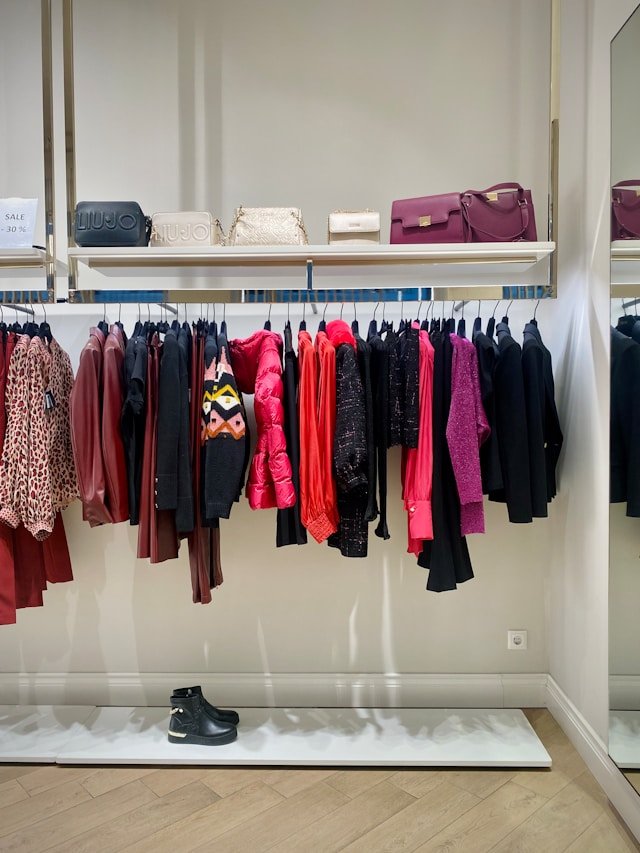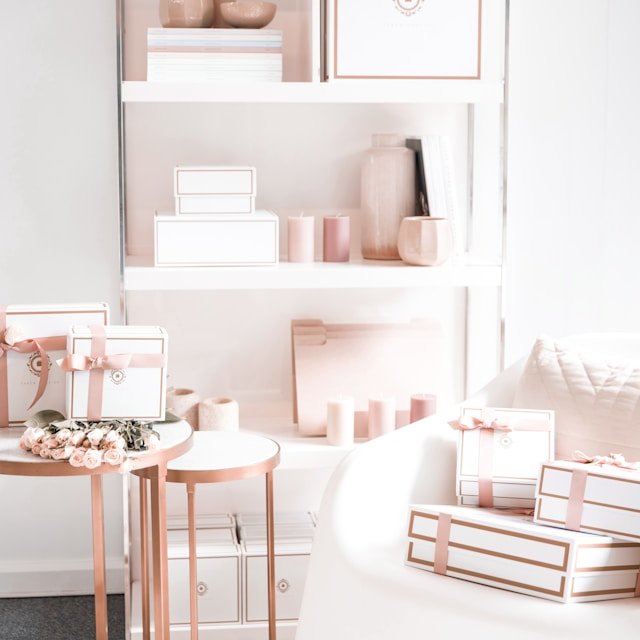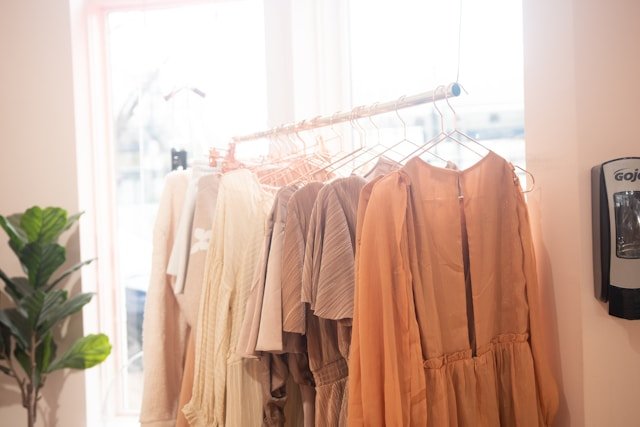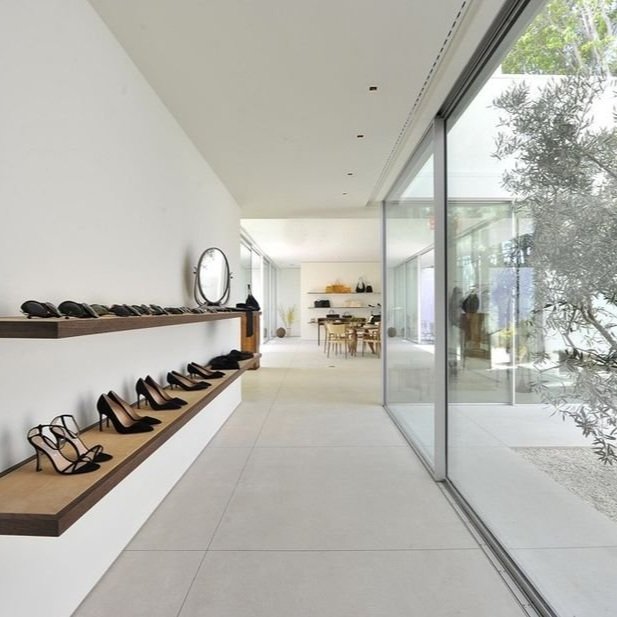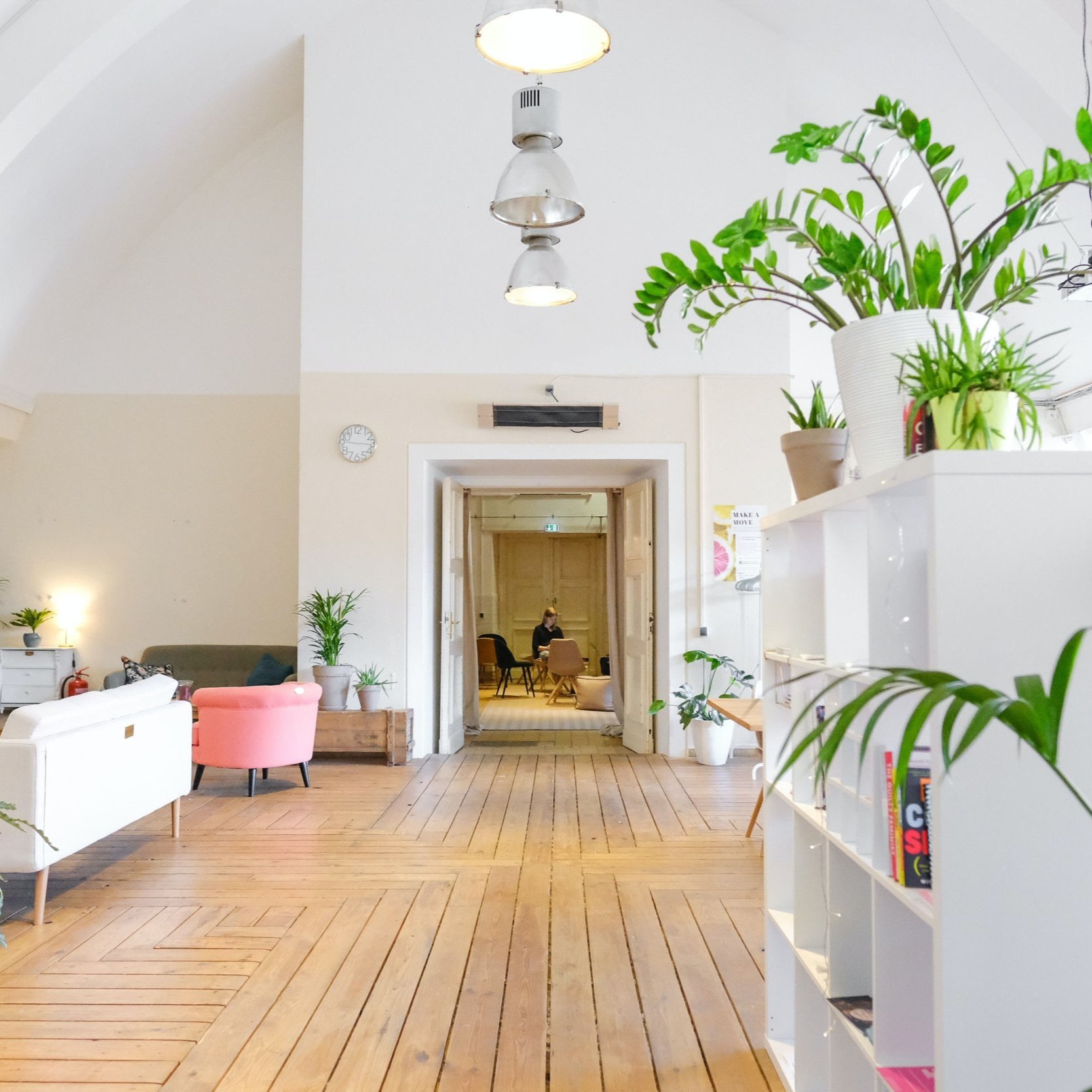Why Soft Openings are Important for Independant Retail Stores
A soft opening is a strategic, low-profile launch of your retail store to a select audience before the grand opening. This approach allows you to test operations, gather feedback, and make necessary adjustments in a controlled environment. From a retail design perspective, a soft opening offers a valuable opportunity to assess and refine your store's layout, aesthetics, and overall customer experience. Here's how to plan your retail store's soft opening with a focus on design elements:
1. Define Clear Objectives
Begin by establishing what you aim to achieve with your soft opening. Common objectives include evaluating store layout efficiency, testing visual merchandising strategies, and assessing the overall ambiance. Having clear goals will guide your design focus during the soft opening.
2. Curate a Select Guest List
Invite a manageable number of guests, such as friends, family, local business owners, and industry influencers. This controlled group can provide candid feedback on your store's design and functionality. Ensure the number of attendees aligns with your space capacity to maintain a comfortable environment.
3. Optimize Store Layout
Use the soft opening to test your store's layout. Observe customer flow and identify any bottlenecks or areas of congestion. Ensure that aisles are spacious, product displays are accessible, and signage is clear. An effective layout enhances the shopping experience and can lead to increased sales.
4. Assess Visual Merchandising
Evaluate your product displays to ensure they are appealing and effectively highlight key merchandise. Experiment with different arrangements and gather feedback on which setups attract the most attention. This is also an opportunity to test lighting and its impact on product presentation.
5. Gather and Implement Feedback
Collect feedback from attendees regarding the store's design, ambiance, and overall experience. This can be done through casual conversations during the event or follow-up surveys. Use this information to make informed adjustments before the grand opening.
6. Fine-Tune Ambiance Elements
Pay attention to sensory elements such as lighting, music, and scent. Ensure that lighting highlights products effectively without causing glare. Choose music that complements your brand and sets the desired mood. If using ambient scents, select ones that are pleasant and not overpowering.
7. Test Point-of-Sale (POS) Systems
A soft opening allows you to test your POS systems in a real-world setting. Ensure that checkout processes are smooth and that staff are comfortable with the technology. This is crucial for maintaining a seamless customer experience.
8. Plan for Contingencies
Anticipate potential issues such as higher-than-expected attendance or technical difficulties. Have contingency plans in place, like additional staff on standby or backup systems, to address these challenges without compromising the customer experience.
9. Document and Review
After the soft opening, review all feedback and observations with your team. Document what worked well and what needs improvement. This debriefing will be invaluable in making final adjustments before the grand opening.
By meticulously planning your soft opening with a focus on retail design, you can identify and address potential issues, ensuring that your store offers an exceptional shopping experience from day one. This proactive approach not only enhances customer satisfaction but also sets the stage for a successful grand opening and sustained business growth. Learn more about NOLA Designs and our approach to getting our client’s store soft opening ready.




